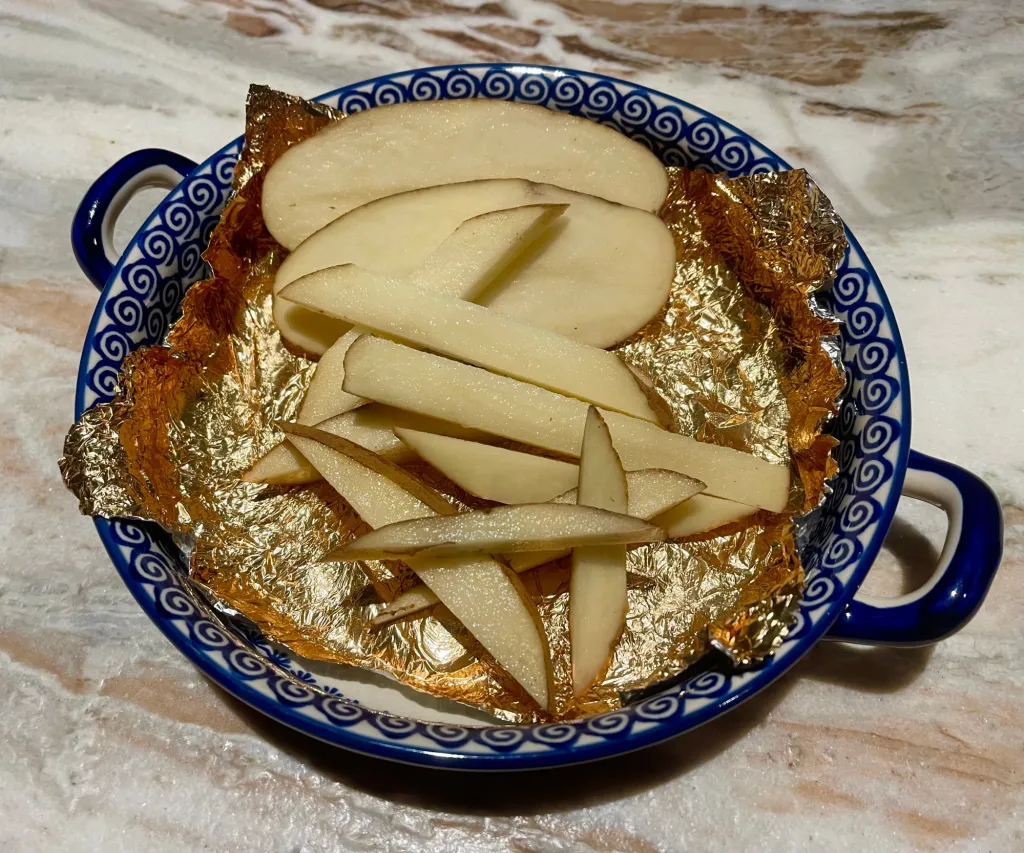
For information on submitting an obituary, please contact Reading Eagle by phone at 610-371-5018, or email at obituaries@readingeagle.com or fax at 610-371-5193.
Most obituaries published in the Reading Eagle are submitted through funeral homes and cremation services, but we will accept submissions from families. Obituaries can be emailed to obituaries@readingeagle.com.
In addition to the text of the obituary, any photographs that you wish to include can be attached to this email. Please put the text of the obituary in a Word document, a Google document or in the body of the email. The Reading Eagle also requires a way to verify the death, so please include either the phone number of the funeral home or cremation service that is in charge of the deceased’s care or a photo of his/her death certificate. We also request that your full name, phone number and address are all included in this email.
All payments by families must be made with a credit card. We will send a proof of the completed obituary before we require payment. The obituary cannot run, however, until we receive payment in full.
Obituaries can be submitted for any future date, but they must be received no later than 3:00 p.m. the day prior to its running for it to be published.
Please call the obituary desk, at 610-371-5018, for information on pricing.
Whether you call them freedom fries, french fries or just plain old fried spuds, the Oley Fair has them.
Always a star attraction of Oley Fair’s culinary fare, this year, as in past years, volunteers in the kitchen of the fair will cook and serve up thousands of pounds of that perennial favorite, fried potatoes. Add a little bit of salt and your choice of tomato catsup or vinegar, (or both as in my case), and you have a treat that is satisfying, nutritious and filling.
But hey, where did potatoes originally come from?
According to accounts in history, Spanish conquistadors found potatoes growing in abundance in the Andes region of South America and that discovery led to an introduction in Europe of the tubers that had been cultivated and grown in remote South American mountains and valleys for thousands of years.
Folklore related to potatoes in Incan culture held beliefs that the tuber was actually a potato mother of sustenance, growth and resilience by the name of Axomama. An Iroquois creation story says that potatoes grew from the feet of an entity called Earth Woman after she died while giving birth to her twin sons, Sapling and Flint.
Andean Quechua tribal members believed the mother of a man seeking a wife should present a potato to the potential daughter-in-law. If the daughter-in-law could carefully peel the potato, her dexterity would also determine her suitability as a bride.
When potatoes found their way to Europe and caught on, all kinds of myths and folkloric beliefs were born. It was believed potatoes were an aphrodisiac and a peeled potato in one’s pocket could be a cure for a toothache. Potato juice was said to be able to eradicate warts. A pendant of dried potatoes worn around the neck would cure rheumatism.
Then there’s the Irish tale of Jamie O’Rourke. Said to be a lazy man if ever there was one, O’Rourke stumbles upon a leprechaun who gives him a magic seed. The seed then grows into a mammoth potato. So huge is the potato that the entire village has to come out to pull it from the ground at the harvest. By working together the village then had enough potato so that everyone could eat it through the entire winter. This, in turn, makes O’Rourke a sort of village hero.
Some modern cultures also think of potatoes as items to be utilized during New Year’s celebrations because the tubers carry a deep and symbolic meaning that represents the cycle of life and a firm and enduring connection to the Earth.
Here’s a true story. I was visiting Sun Valley, Idaho, two ski seasons ago, and after one particularly hardy day of skiing, I decided to visit a local pub who advertised that they had the best baked potatoes in all of Idaho, if not the world. Once inside, I ordered, waited a bit and then, out came the waiter with a plate and something that, from a distance, looked like a smallish volleyball on it. He set it down in front of me and it was the largest, most inviting baked potato I had ever seen. I actually gasped audibly, to which he smiled and said, “We don’t ship those out anywhere else. We keep these right here in Idaho.”
It was delicious.
Perhaps the most celebrated of all potato pioneers was Antoine-Augustin Parmentier of France. It was he who truly pioneered the cultivation and consumption of potatoes in France and once they caught on, the rest of the so-called “civilized” world followed the trend.
Before Parmentier’s efforts, potatoes were thought of as either poisonous or fit only for hog feed. As a scientist, Parmentier had discovered that a steady diet of potatoes improved his own personal health and he wanted to share that knowledge with his disease-ravaged and malnourished country men and women. To that end, he created a truly innovative scheme to up the image of the potato.
He hosted lavish potato dinner parties where almost everything featured some sort of potato creation. Along with this, he convinced the royal family to allow him to plant long rows of potatoes in very conspicuous places around the castle grounds so that everyone, royalty and commoner alike, could see them. But he didn’t stop there. He also made sure that his rows of potatoes had armed guards marching up and down the rows and standing watch by day.
At night, the guards were dismissed. Seeing that there were not guards for what must surely be a crop of high value, commoners, and yes, even some nobles, began to raid the rows to steal potatoes by night. Soon everyone wanted the forbidden crop.
Parmentier’s efforts in this regard ended up creating a sustainable solution to famine and hunger and the crimes that accompanied them.
So it was that potatoes gained acceptance all over the world and so it is that you, following thousands of years of consumers that came before you, can enjoy them at the Oley Fair again this year.
Oh yes and “spud”…where did that name come from? Spud was the name of a short, bladed instrument that was used to dig potatoes from the ground hundreds of years ago. In time the tool’s name became the tuber’s name in slang and now you know. Eat ‘em up and enjoy the Oley Fair.
Dave Kline is an award-winning writer, photographer, show host and producer, singer-songwriter, travel guide and community advocate. Reach him at davesmountainfolklore@gmail.com.



